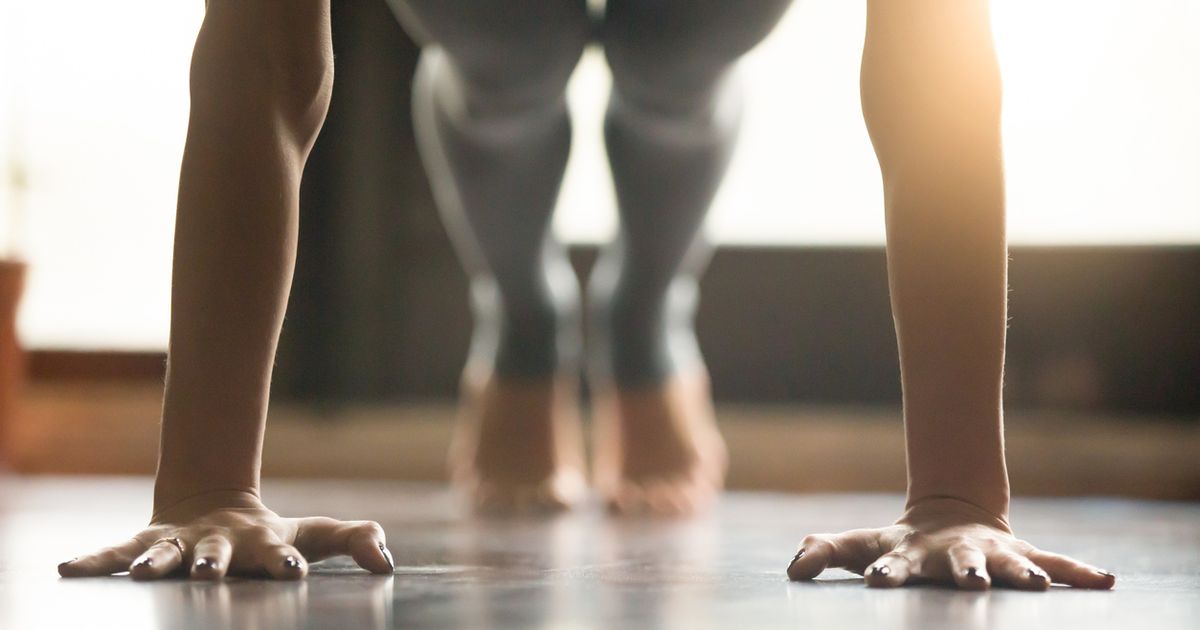Methods Of Treating Osteopenia
Osteopenia is a medical condition that affects bone density and strength, causing bones to become weak, brittle, and less dense. It occurs when the body does not make new bone faster than it reabsorbs old bone, and it typically arises after individuals turn fifty years old. Osteopenia does not always cause symptoms and individuals may not know they have it until they break a bone.
Those affected by this condition usually suffer from hip or vertebral fractures. The broken bones caused by osteopenia are extremely painful, and the vertebrae fractures can go unnoticed for years. Although osteopenia is not osteoporosis, if steps are not taken to strengthen bones, osteoporosis can develop.
Diet Rich In Calcium And Vitamin D

One of the reasons for the onset of osteopenia is not getting enough calcium, which keeps bones strong and is found in dairy, sardines, and leafy greens. Everyone's body needs a diet rich in calcium and vitamin D for the bone-building process. If individuals do not get enough of this mineral in their diet, their bones can become weak and lose density. Vitamin D is also essential in the gut because it helps the body process calcium.
It is recommended for women under fifty years old to get one thousand milligrams of calcium per day and women over fifty to take 1,200 milligrams. Besides aiding with osteopenia, calcium helps blood vessels push blood through the body, and aids with the release of hormones and enzymes responsible for managing homeostasis. The heart, nerves, and muscles in the body could not function if calcium were not present. Many believe calcium may prevent the development of cancer, diabetes, and high blood pressure too.
Regular Exercise

When individuals get regular exercise, they are protecting their body's overall health and wellness. Exercise can improve an individual's physical well-being, increase strength, and prevent aging. It helps develop the cardiovascular system and aids in weight loss. To build their body's resistance and prevent osteopenia, individuals should perform aerobic and anaerobic exercise. Aerobic exercise includes running, brisk walking, swimming, and rowing. Anaerobic exercise is performed with the use of weights and improves muscle tone and makes bones stronger, and these types of activities include weight training, push-ups, pull-ups, lunges, and bicep curls.
Strength training is the most efficient form of exercise in the prevention of osteopenia. During strength training, individuals use exercise techniques that make muscles contract. This form of physical activity increases the size of skeletal muscles and joint function. It can also improve muscle tone, muscular strength, and increase bone density. Individuals can prevent broken bones with weight training exercises and decrease the risk of developing osteopenia.
